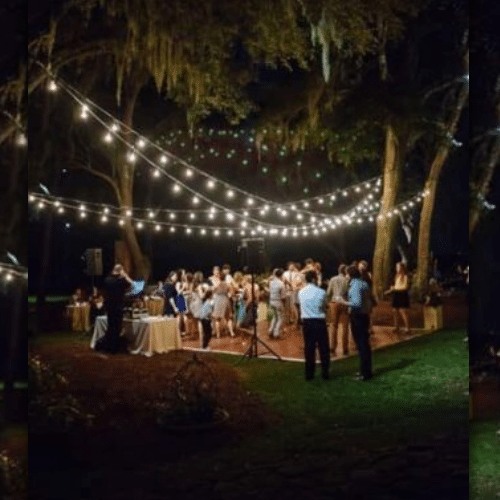Dance floors have developed significantly over the years, transforming increasingly than just a space to move to melodies. Currently, they are converted into breathtaking aesthetic experiences through the use of various substances and techniques. These materials not only improve the visual appeal of the space but also improve the overall encounter for dancers and spectators alike. Understanding the flexible substances that add to these dynamic environments can offer understanding into the craft of performance floor design.
One of the most common substances used in contemporary dance floors is light-emitting diode illumination. LED lights are power-saving and can generate a broad variety of colors and effects. They can be integrated in the floor directly or used as part of a illumination setup above the dance floor. This technology allows for synchronized light shows that can alter in reaction to the melodies, creating an engaging experience. The ability to program these lights means that they can be customized to match different concepts or moods, making each event unique.

Another crucial material is mirror-like surfaces, such as mirrors or shiny tiles. These surfaces can create an deception of space and dimension, making the dance floor seem larger than it is. When performers dance, their reflections can add an additional layer of visual interest, enhancing the complete performance. Additionally, reflective surfaces can interact with lighting effects, amplifying the hues and patterns displayed on the floor. This fusion of illumination and reflection can enthrall spectators and elevate the vitality of the occasion.
In addition to lighting and mirror-like materials, the use of digital screens has become increasingly common in dance floor design. These screens can display lively visuals, animations, or even real-time feeds of the performance. By integrating electronic innovation, event planners can create a comprehensive experience that involves both the performers and the audience. The ability to alter visuals in real-time allows for a fluid atmosphere that can adapt to the rhythm and vitality of the melodies, making each moment feel new and thrilling.
Furthermore, the selection of surface material itself plays a crucial role in the complete experience. Classic wooden dance floors are still preferred for their strength and performance qualities. However, newer substances like vinyl and rubber are becoming favor due to their versatility and ease of care. These materials can provide better shock absorption, minimizing the chance of injury for performers. Additionally, they can be crafted with various textures and hues, allowing for artistic representation in the dance floor's appearance.
In summary, the evolution of dance floors into breathtaking visual experiences relies on a combination of innovative materials and techniques. Light-emitting diode lighting, mirror-like materials, digital screens, and specialized flooring materials all contribute to creating an captivating setting for dancers and audiences. As innovation continues to progress, the possibilities for enhancing dance floor creation will only grow, making future events even more enthralling and memorable. Understanding these substances helps value the artistry involved in creating spaces where important source dance and music come together in harmony.
Comments on “Exploring the Versatile Substances That Transform Performance Floors into Stunning Aesthetic Experiences”